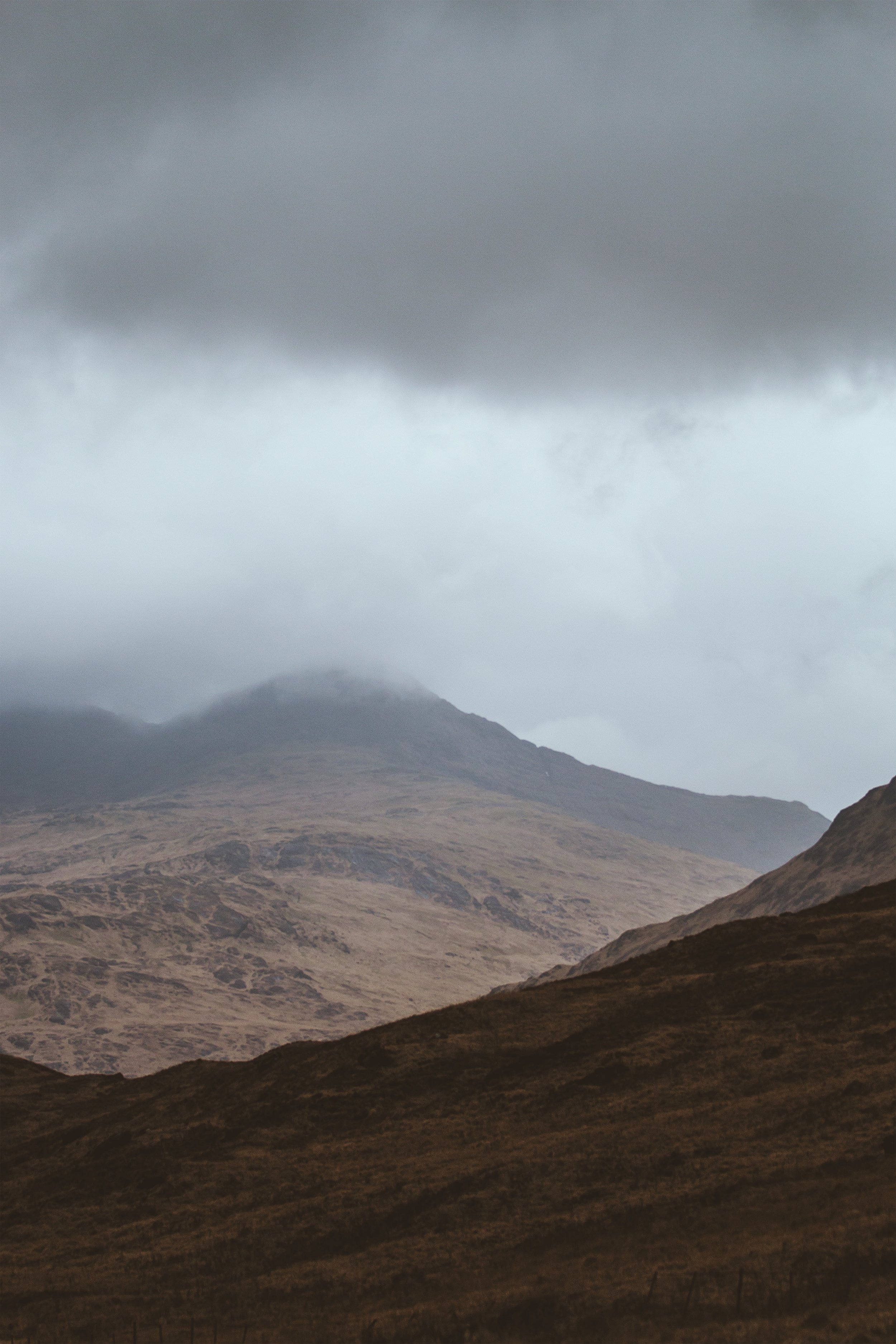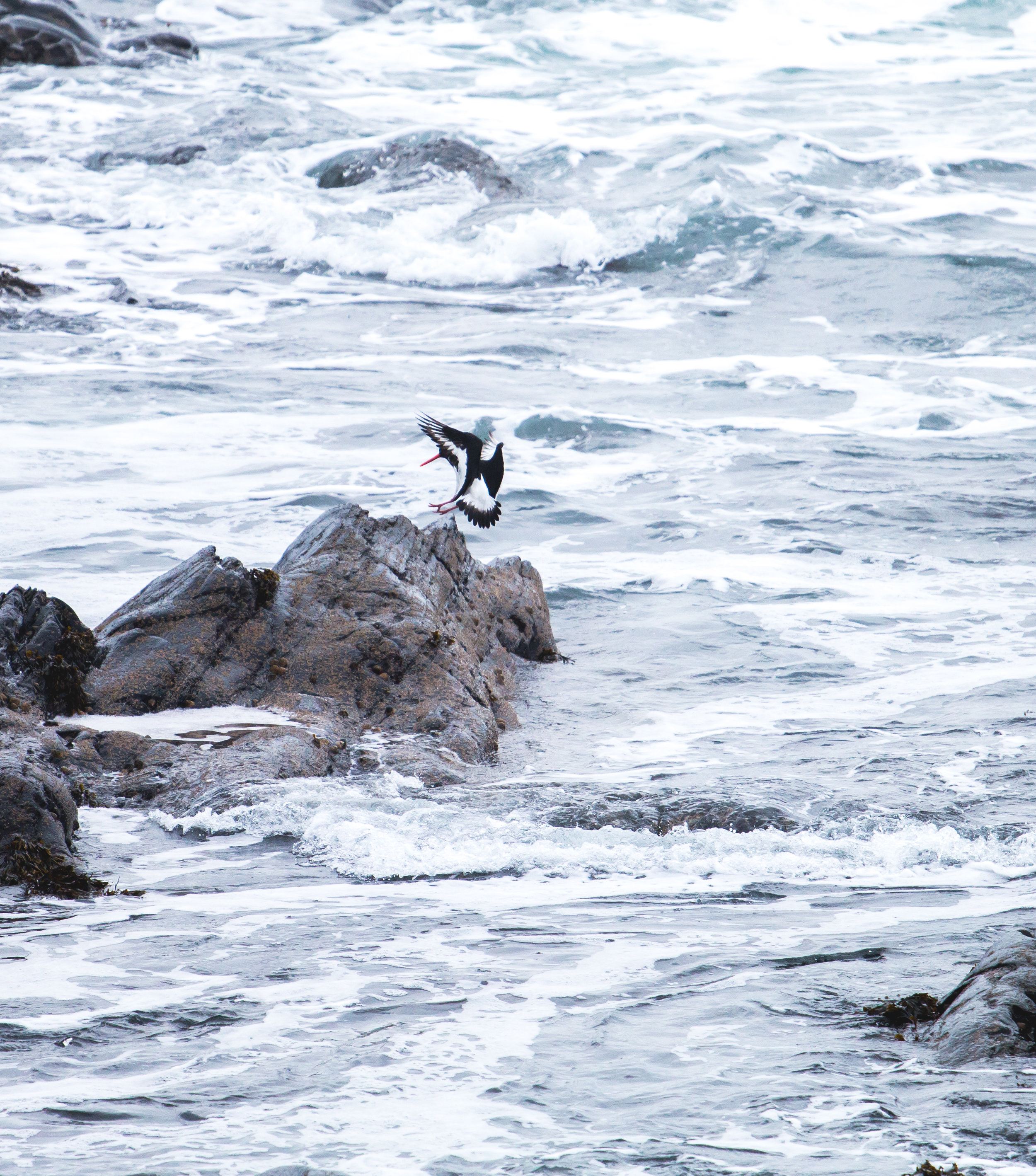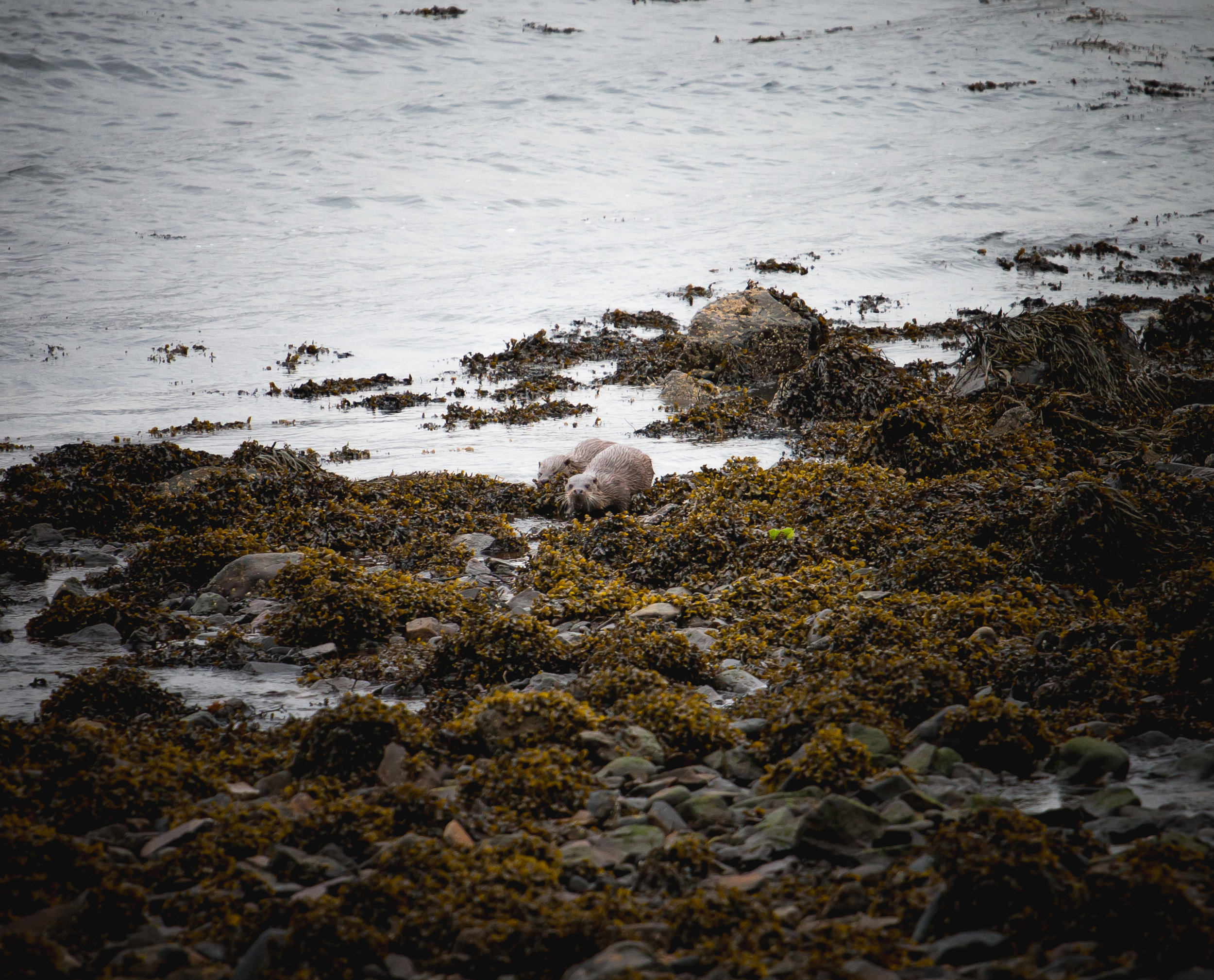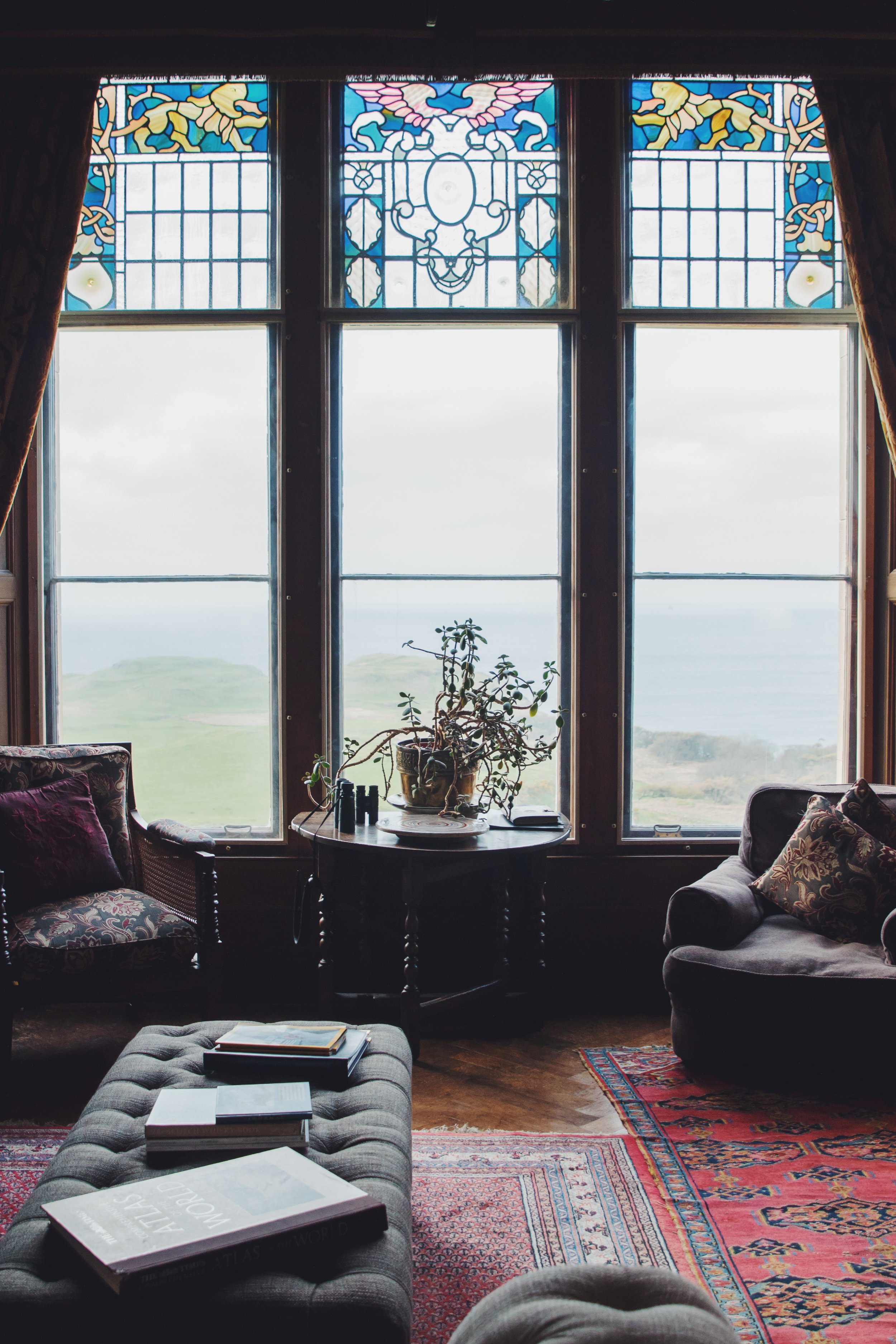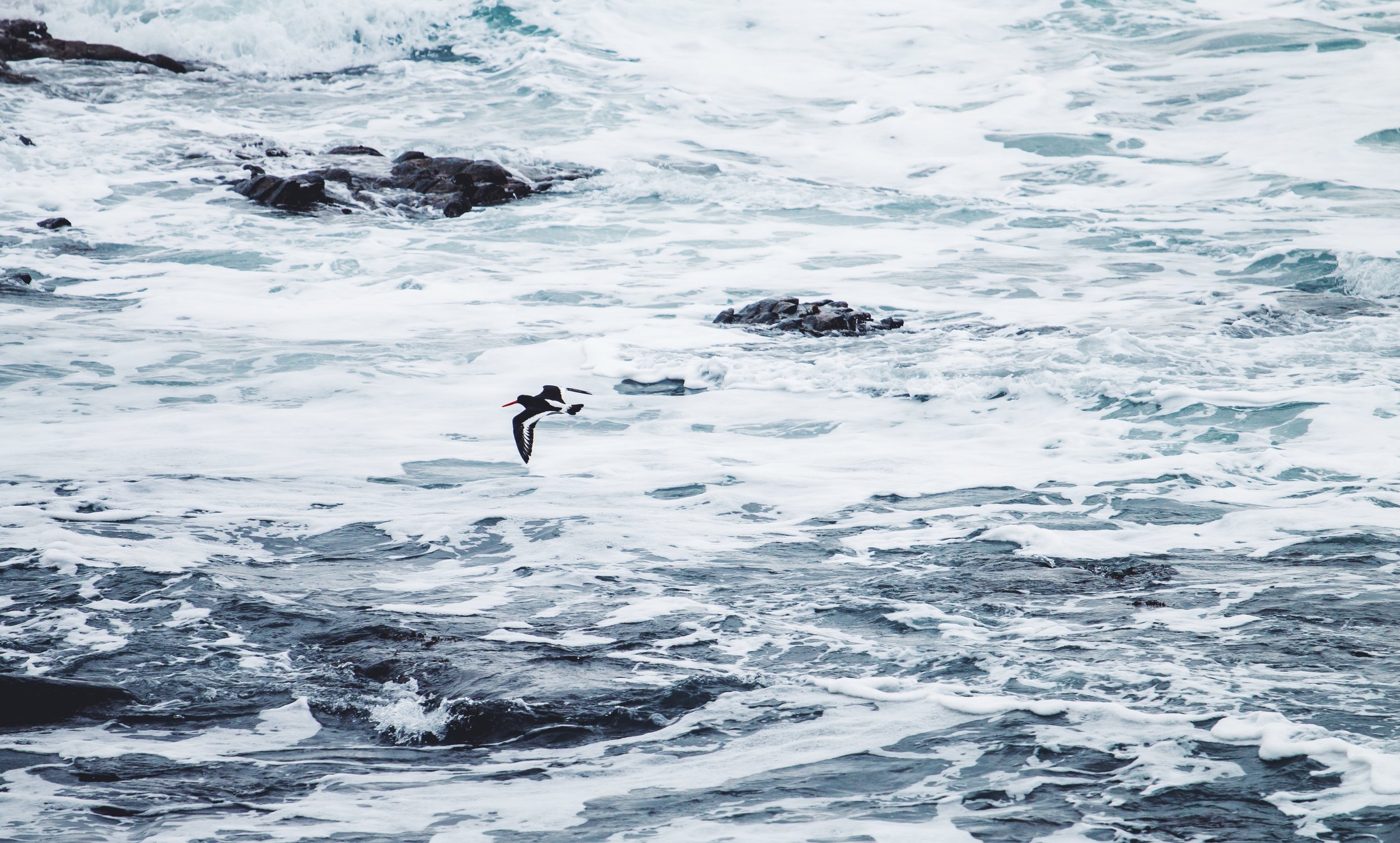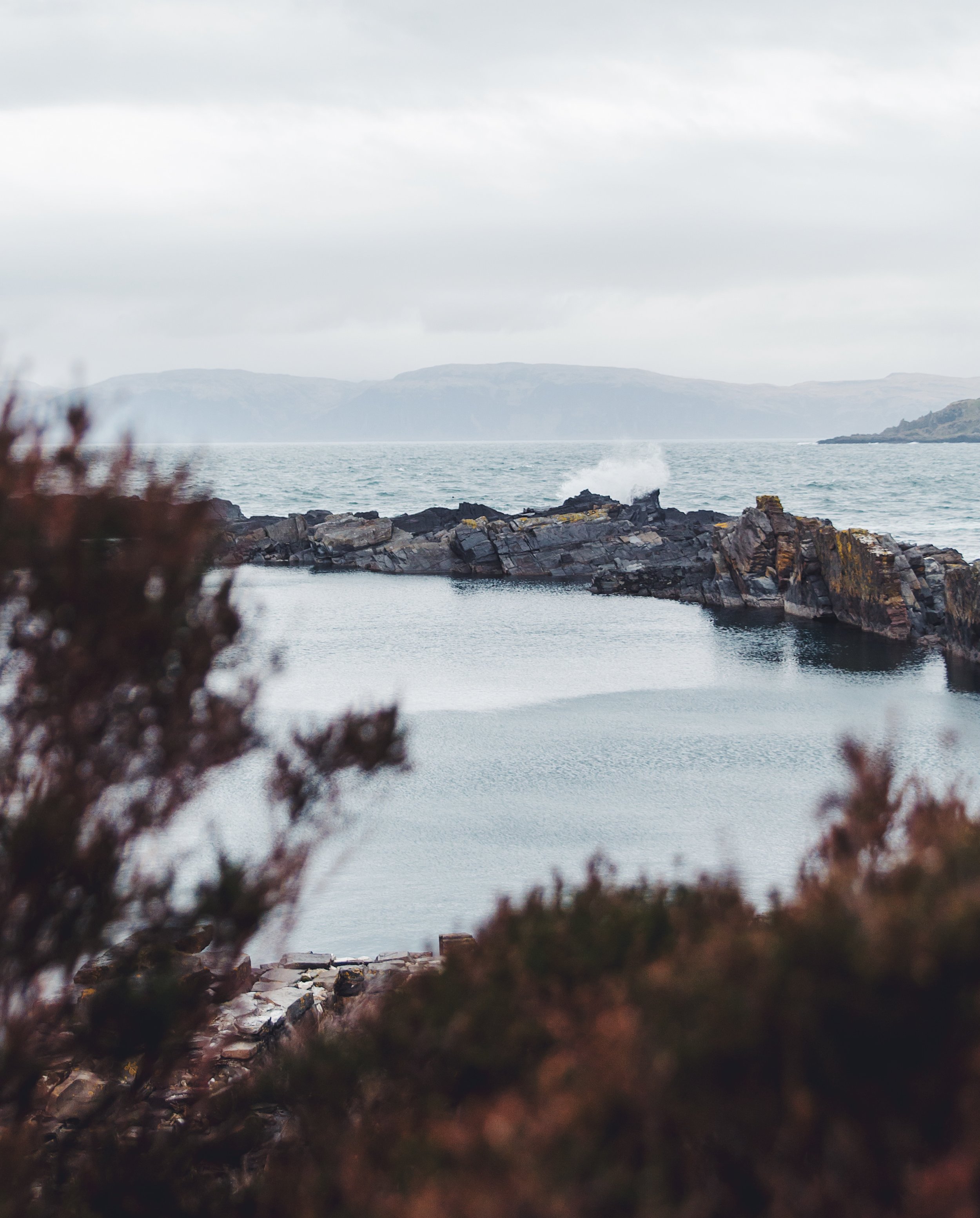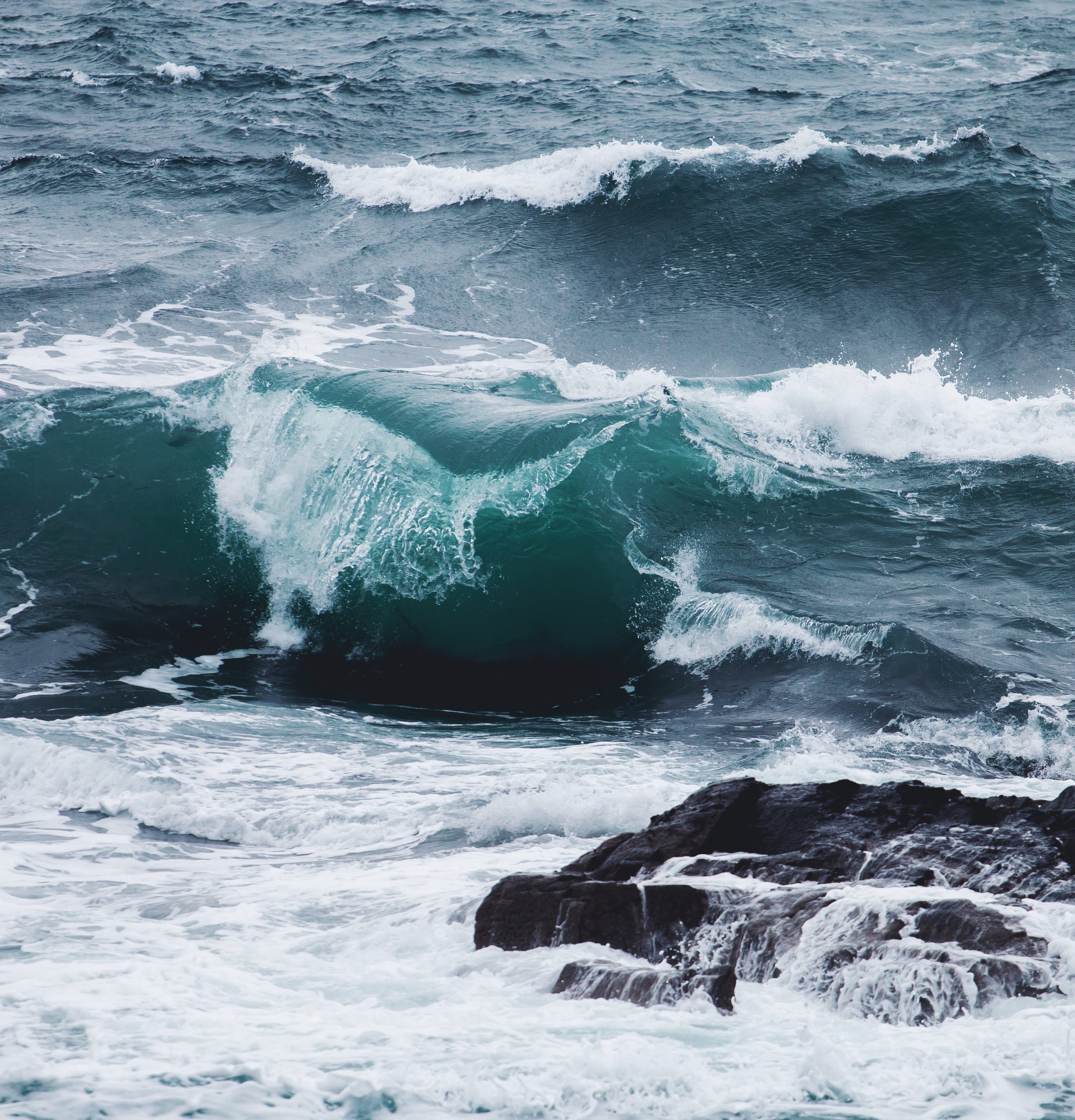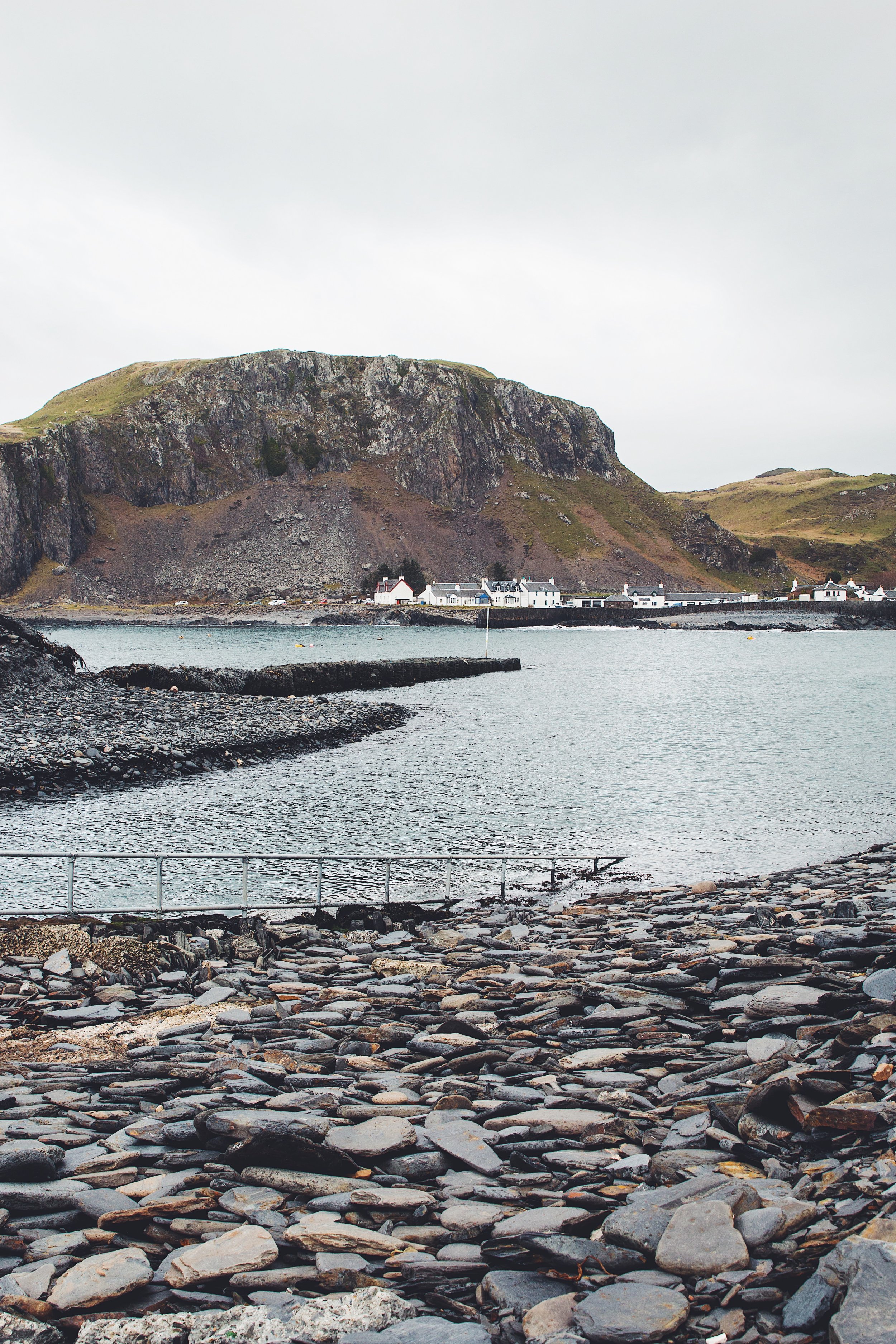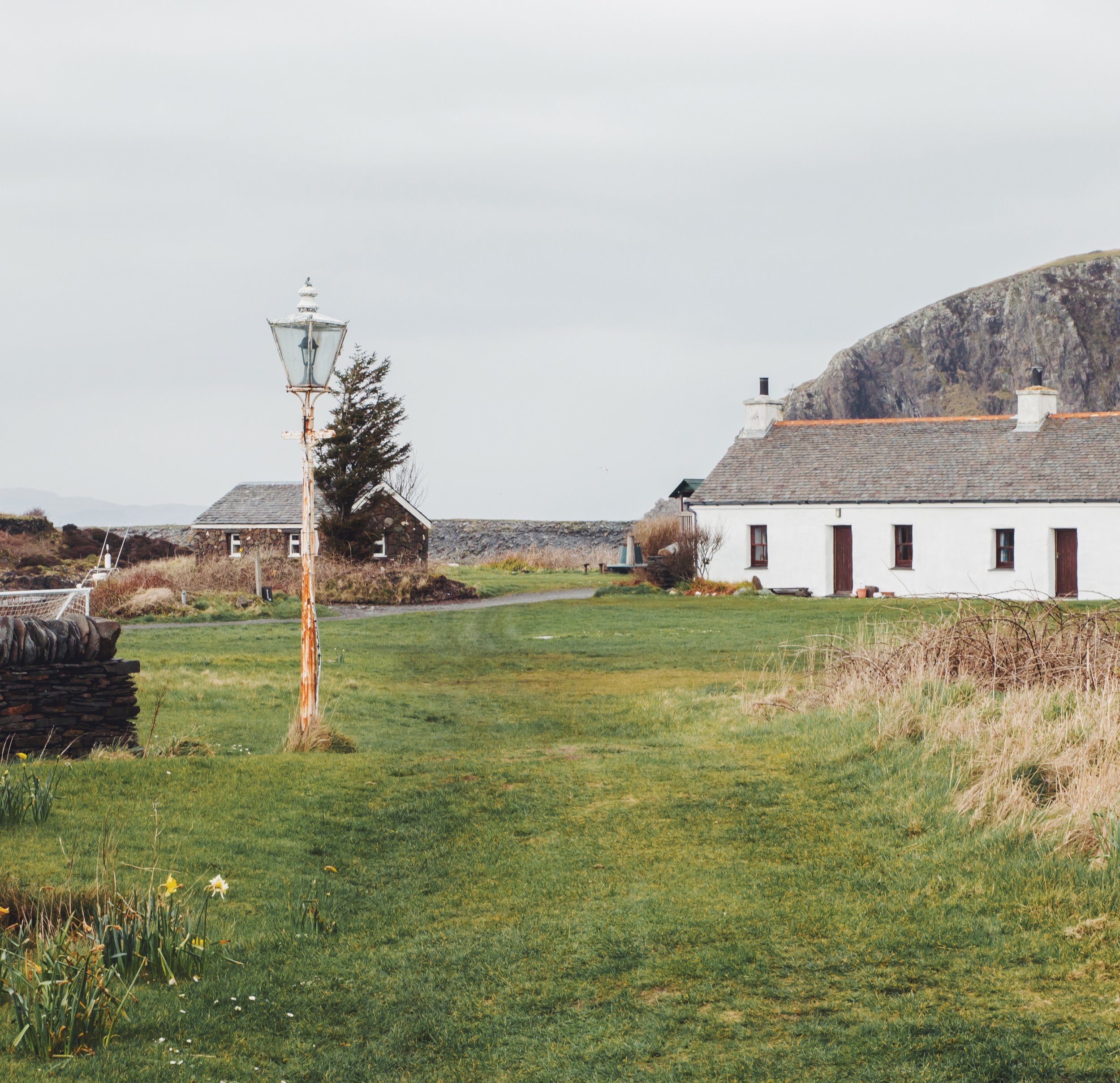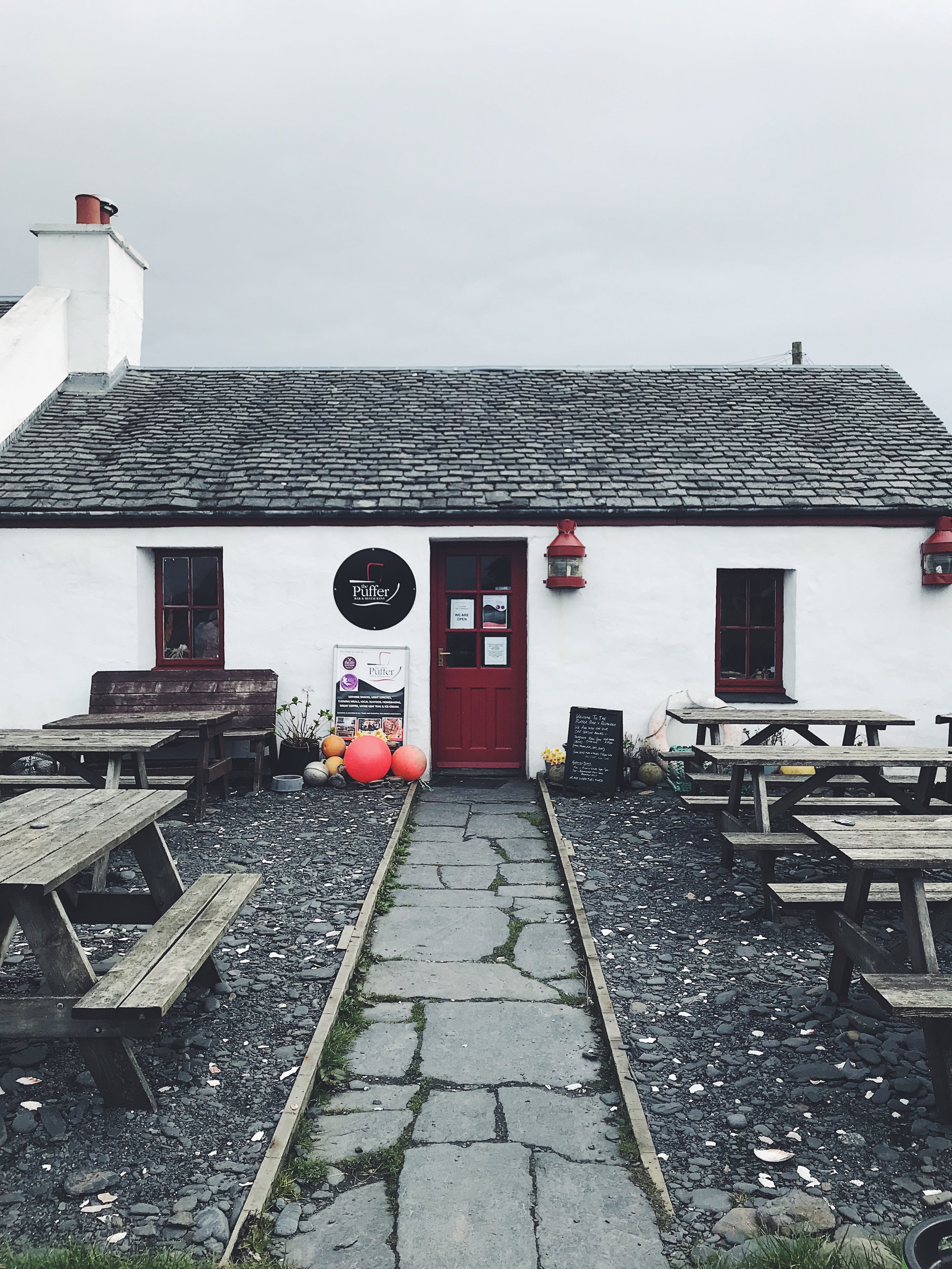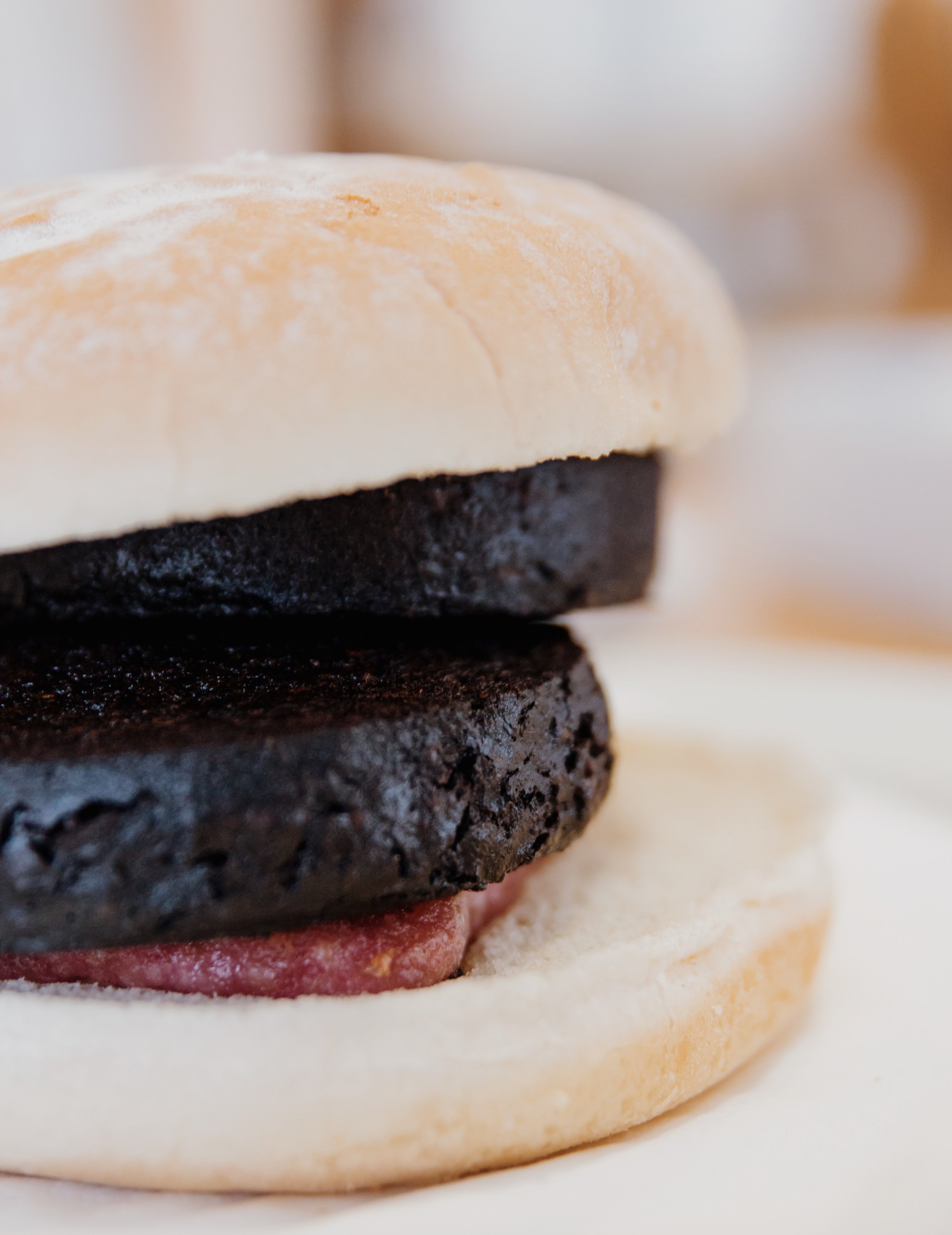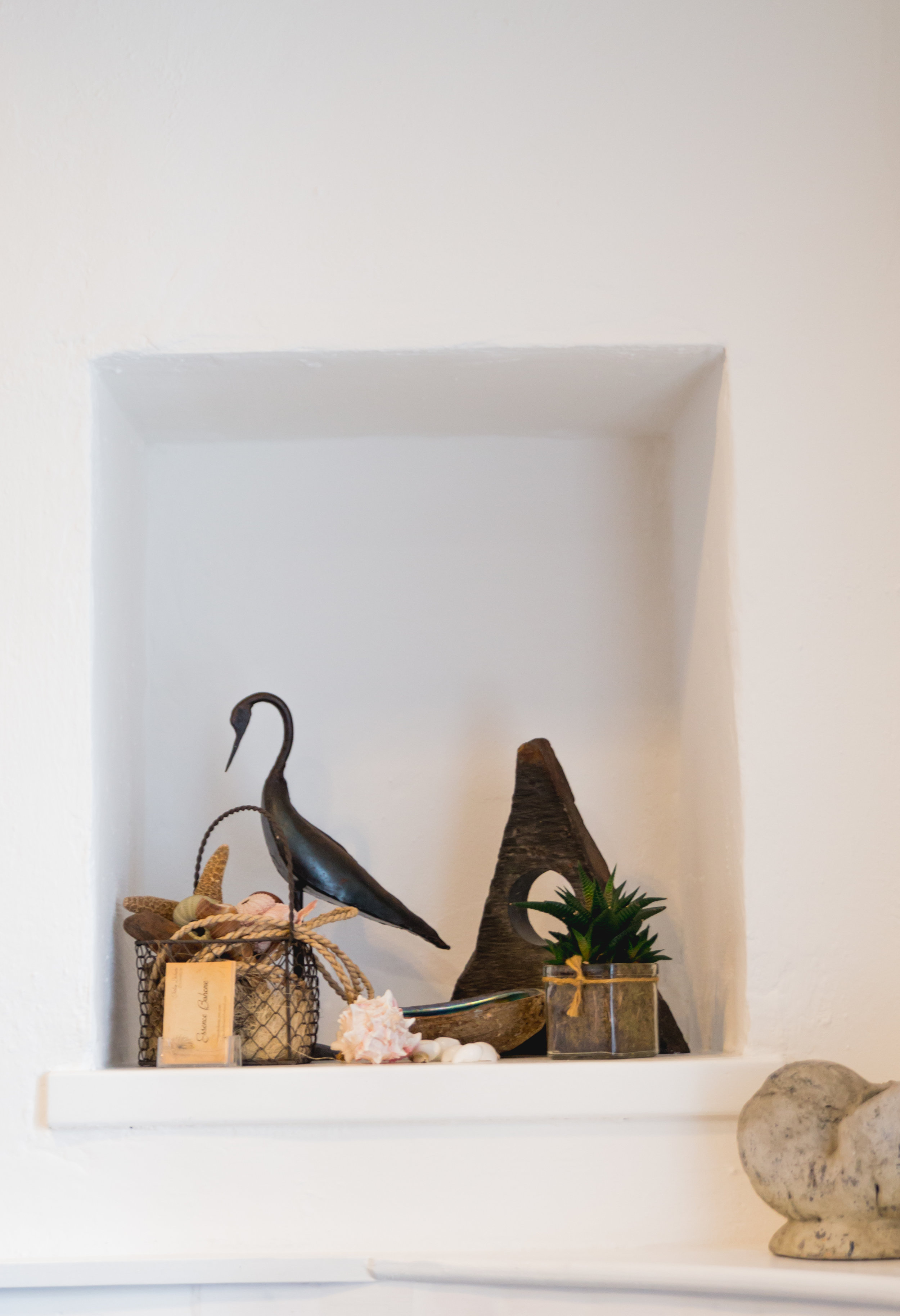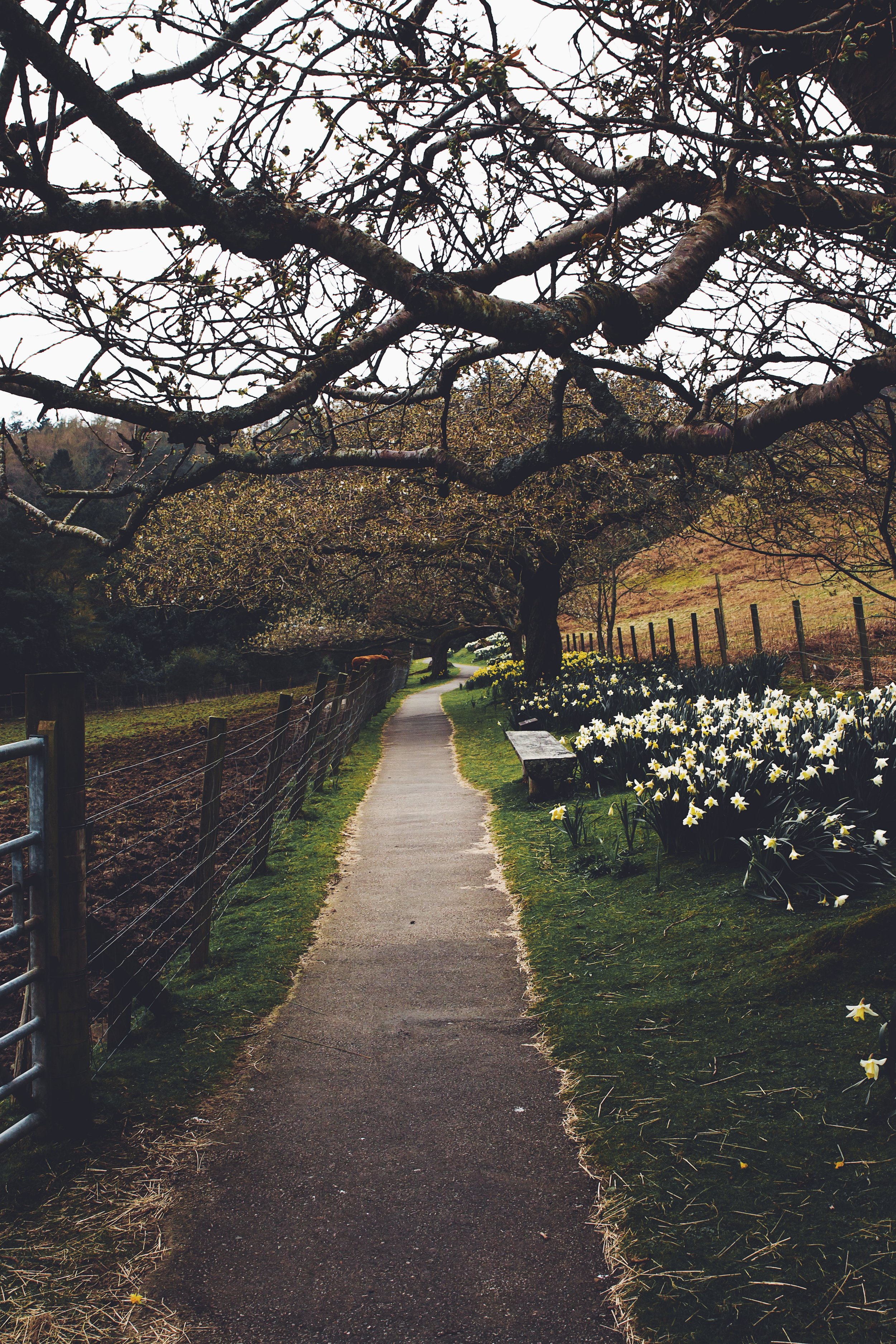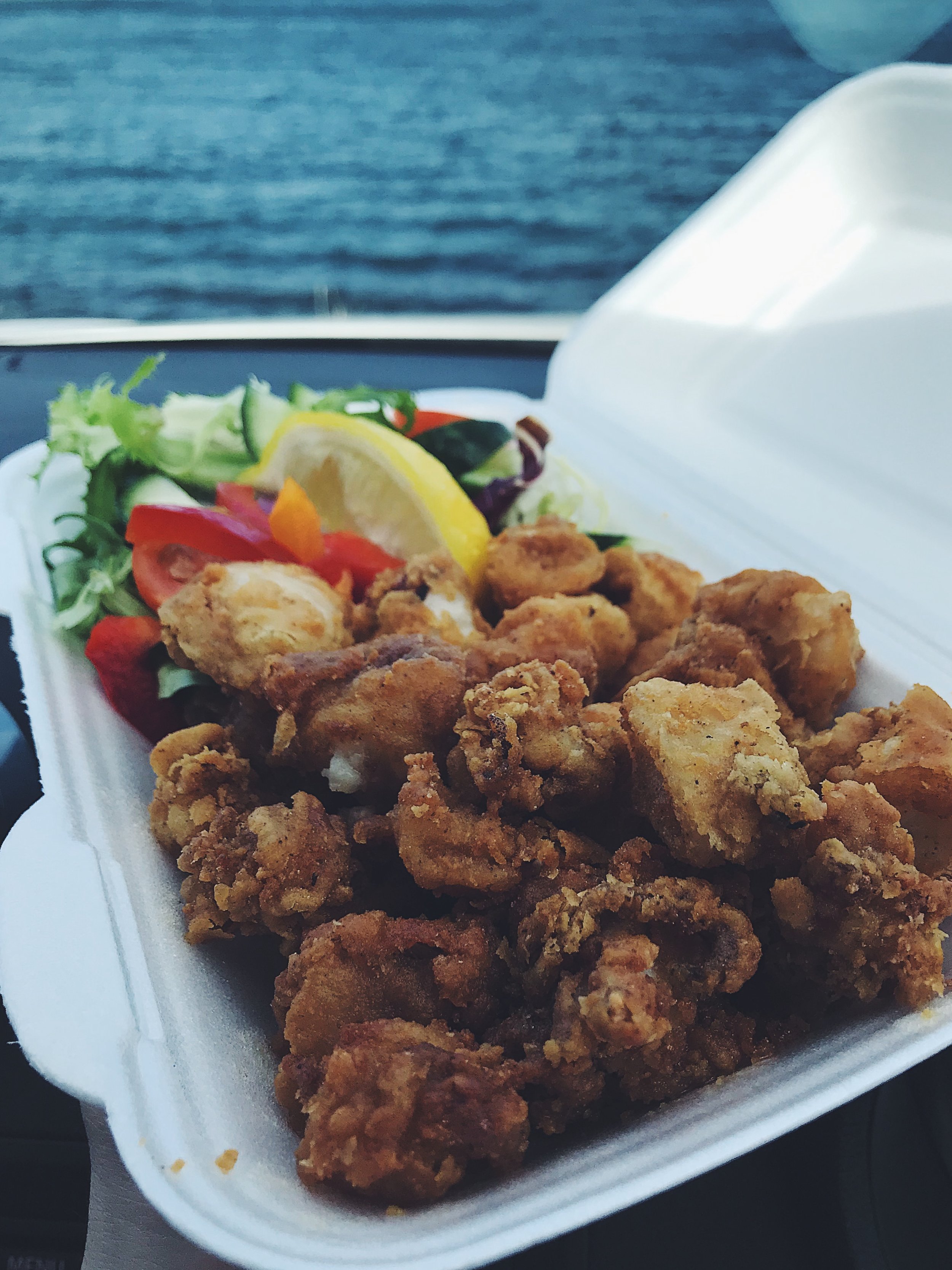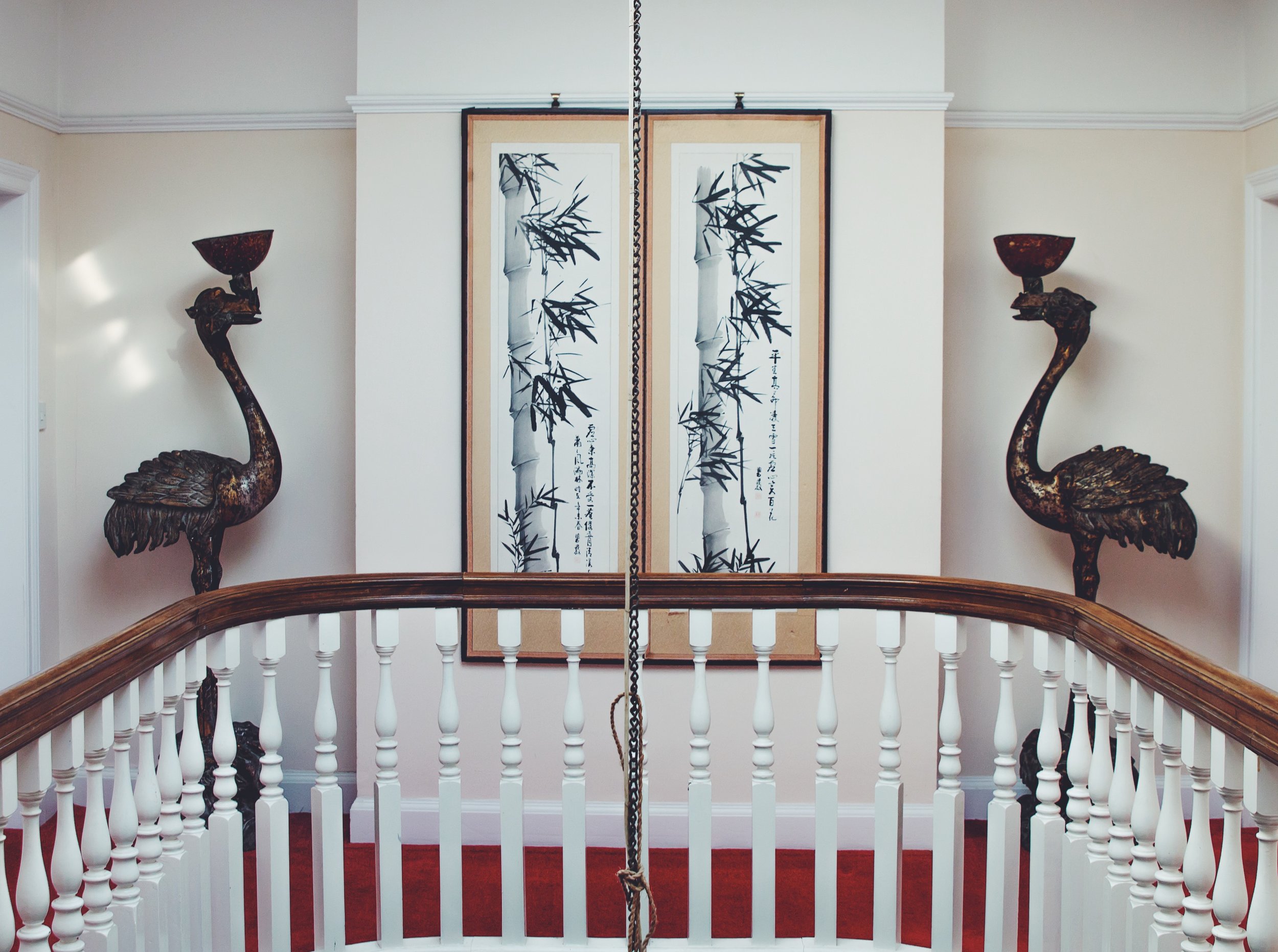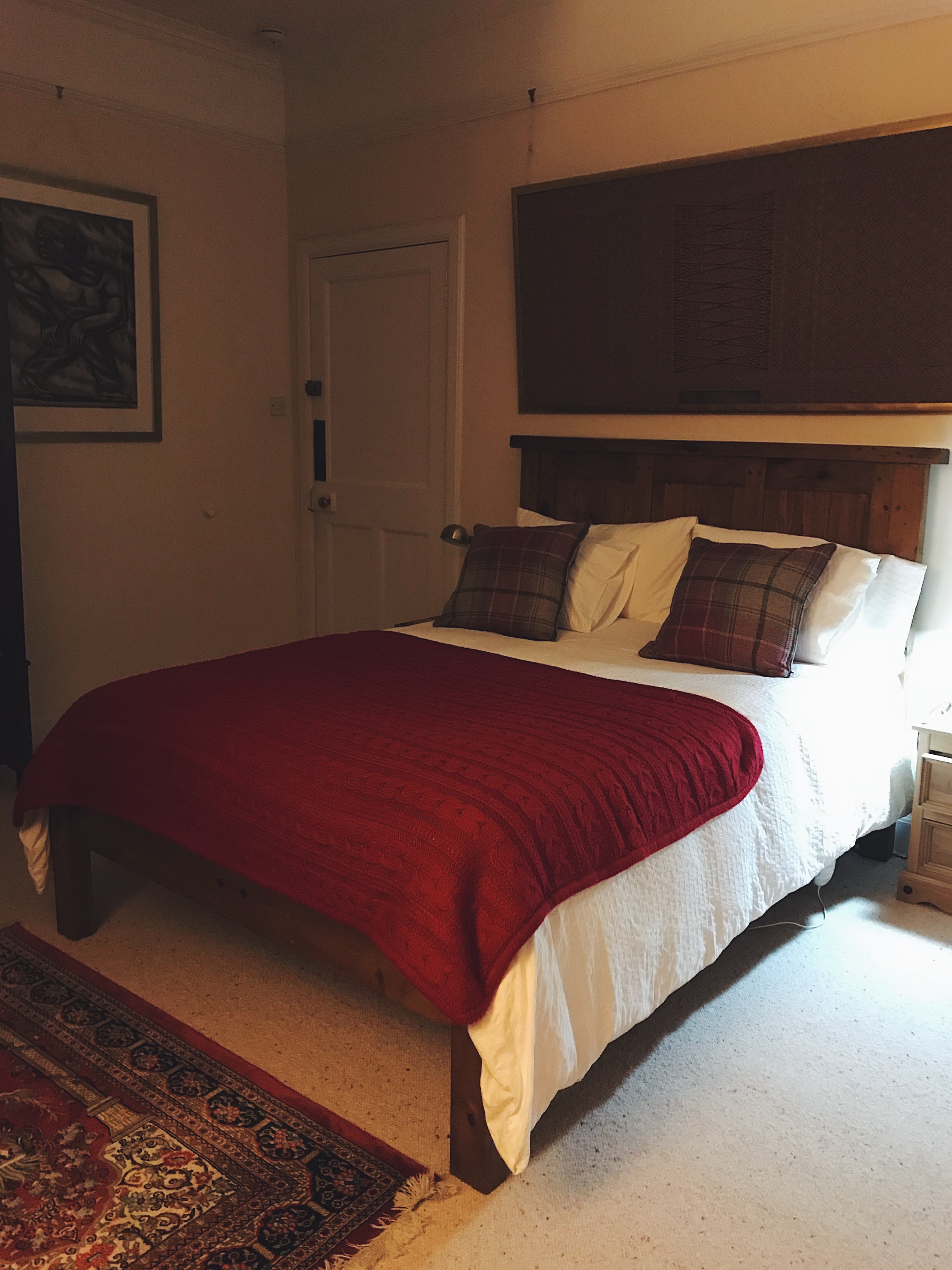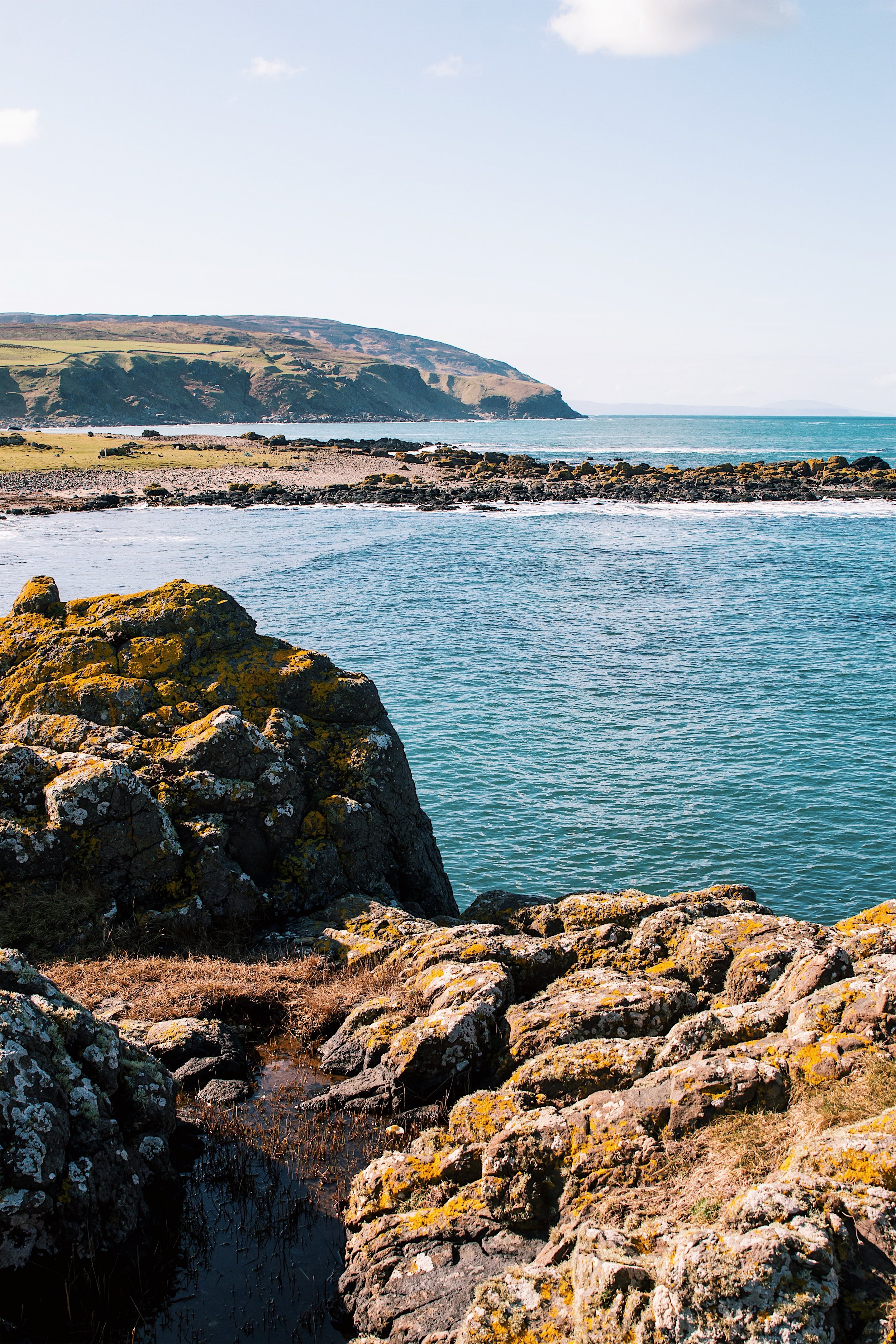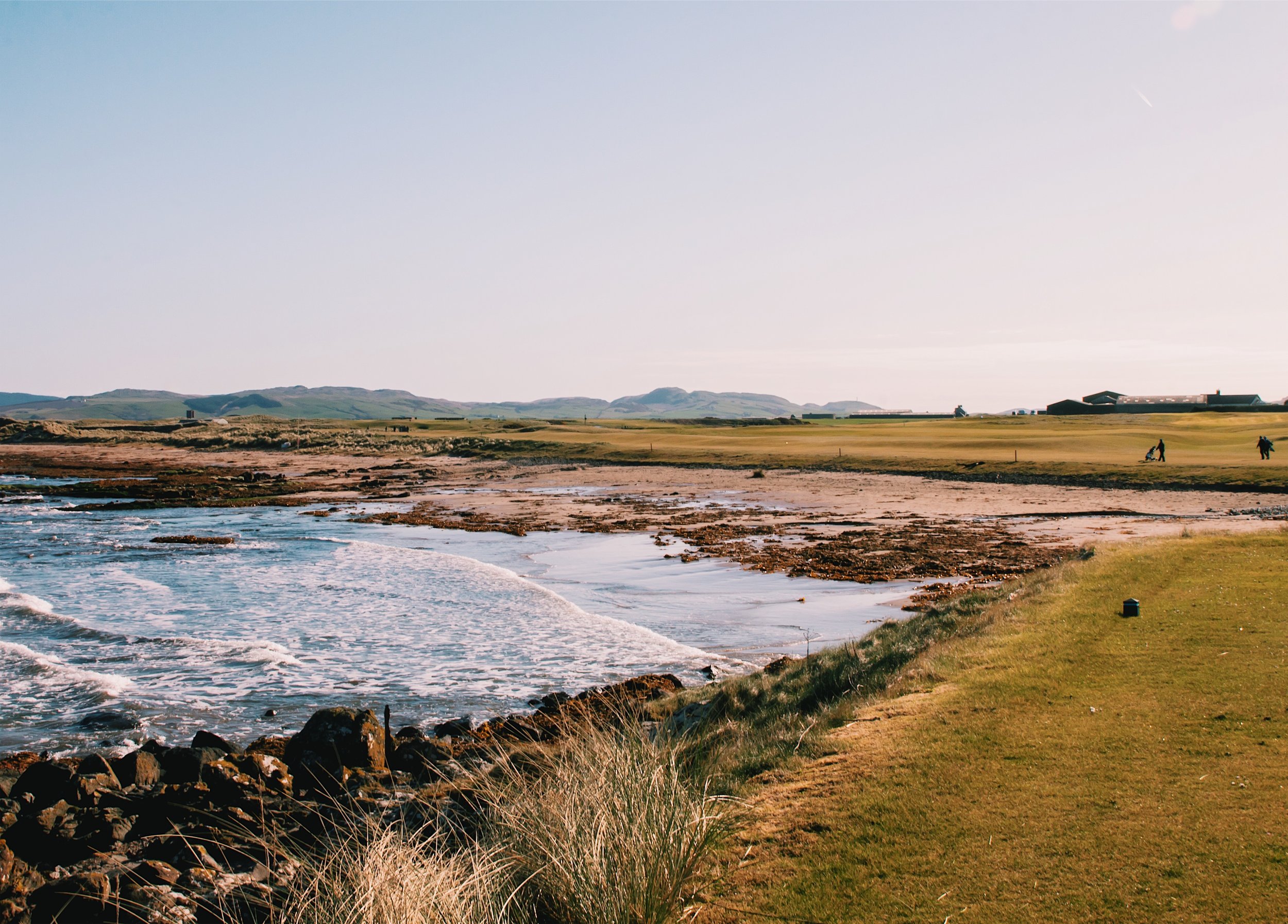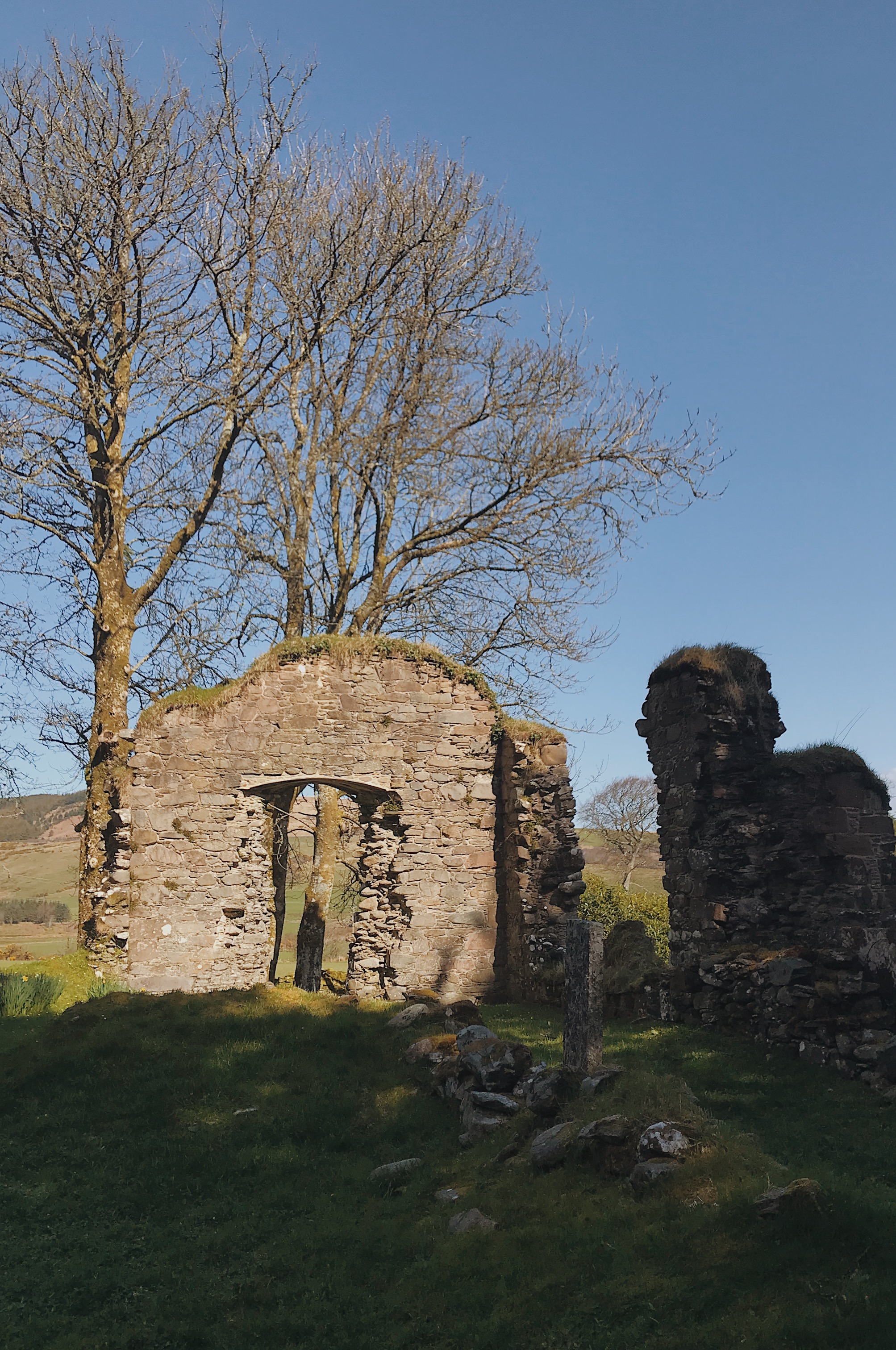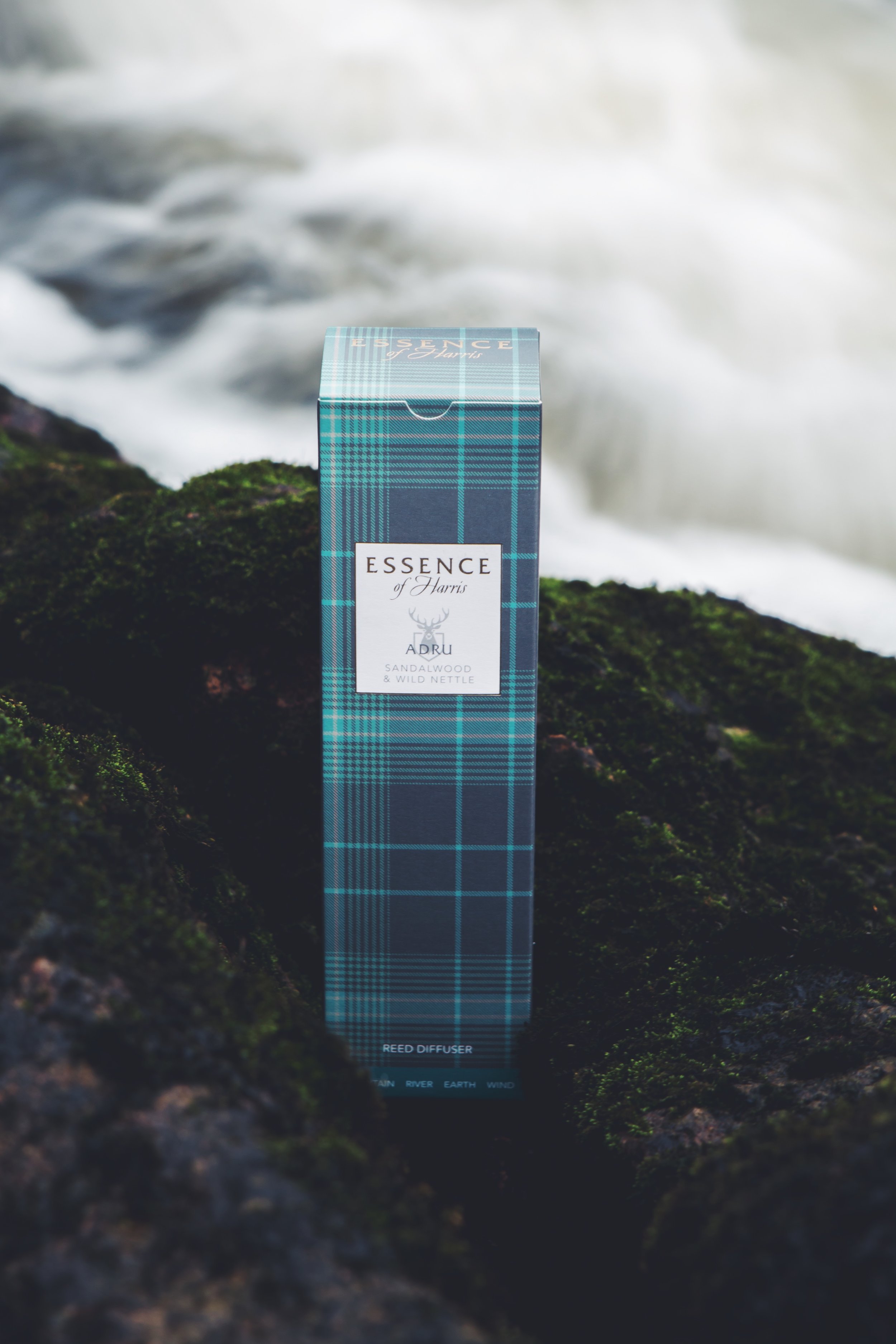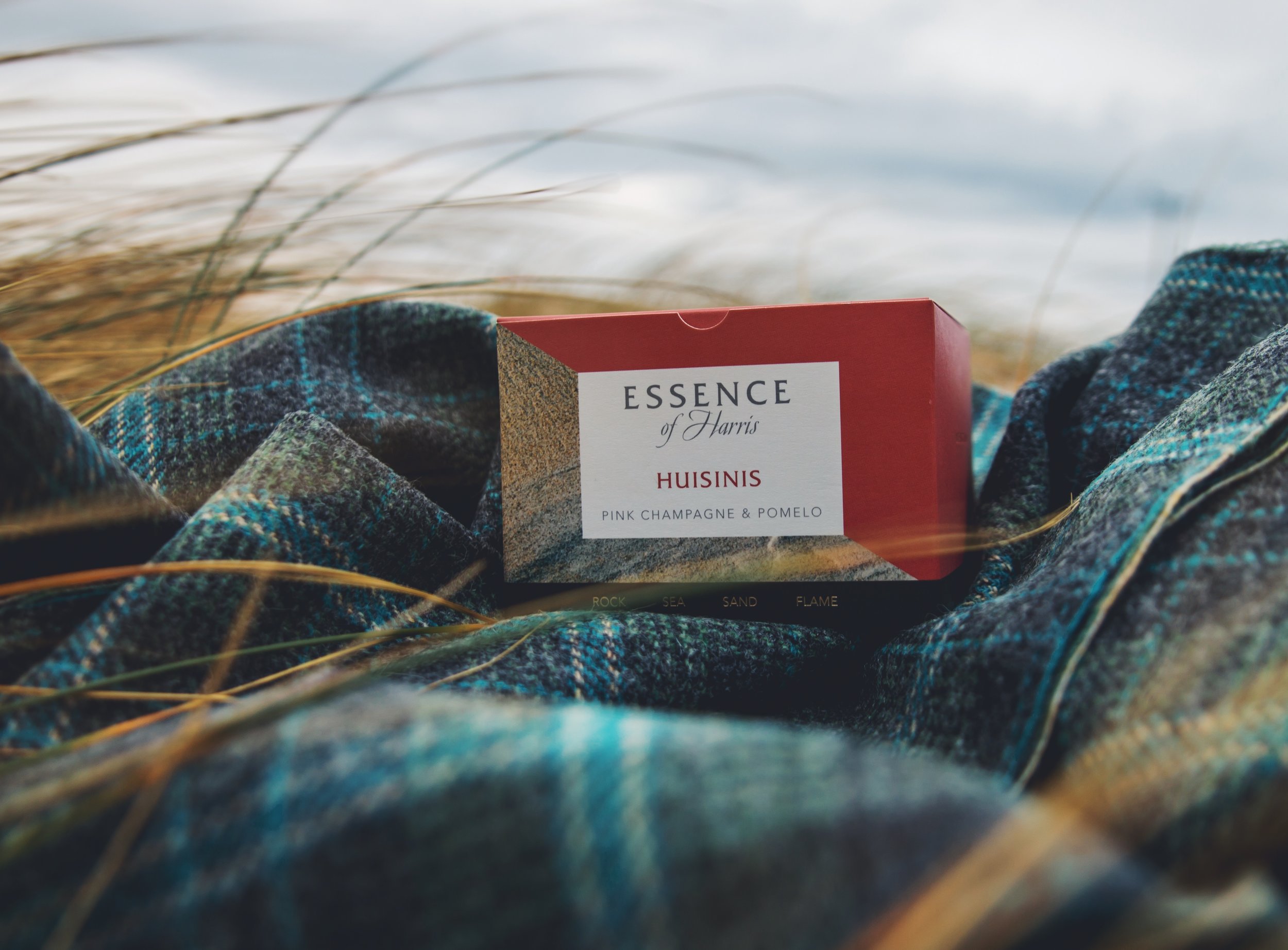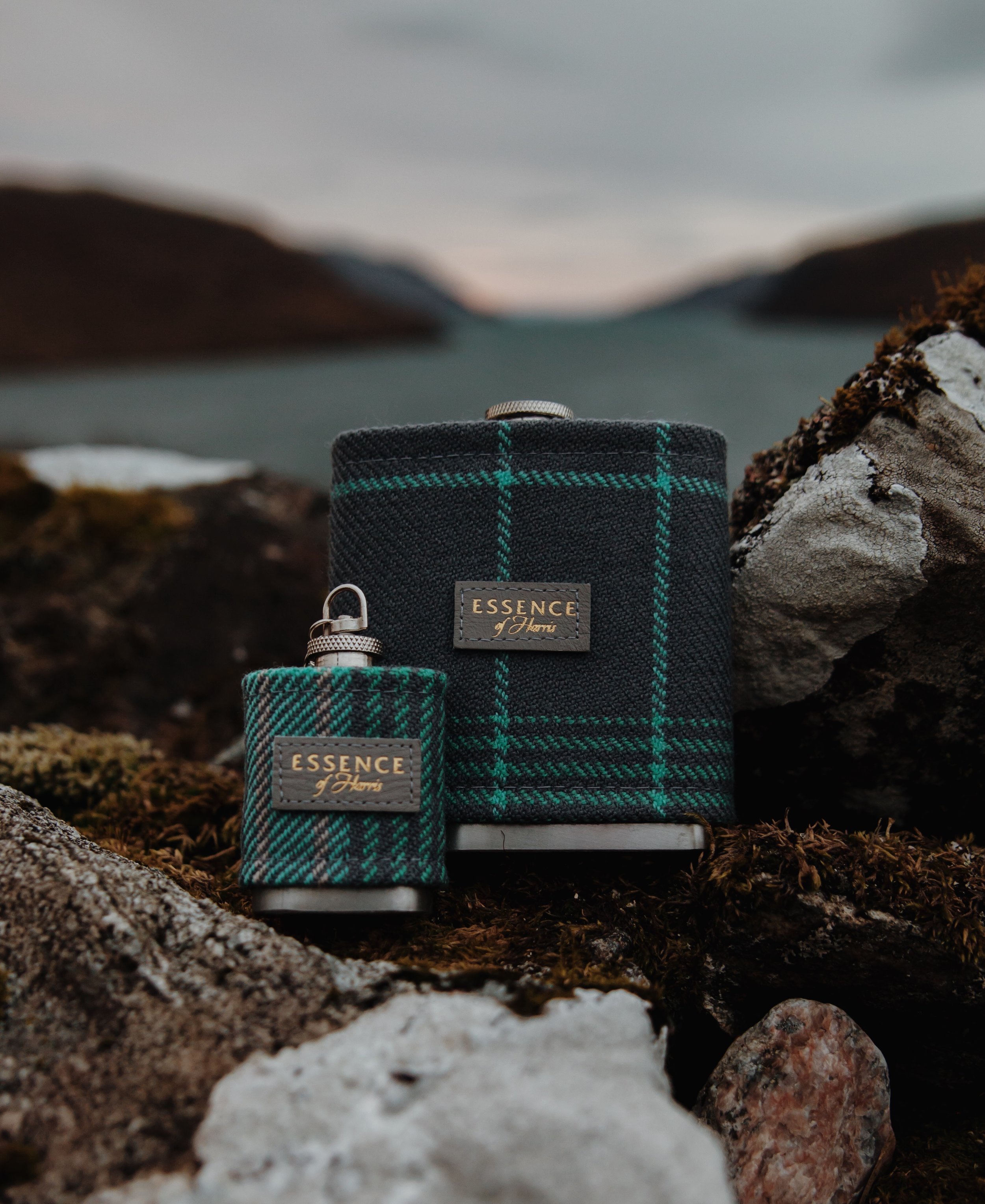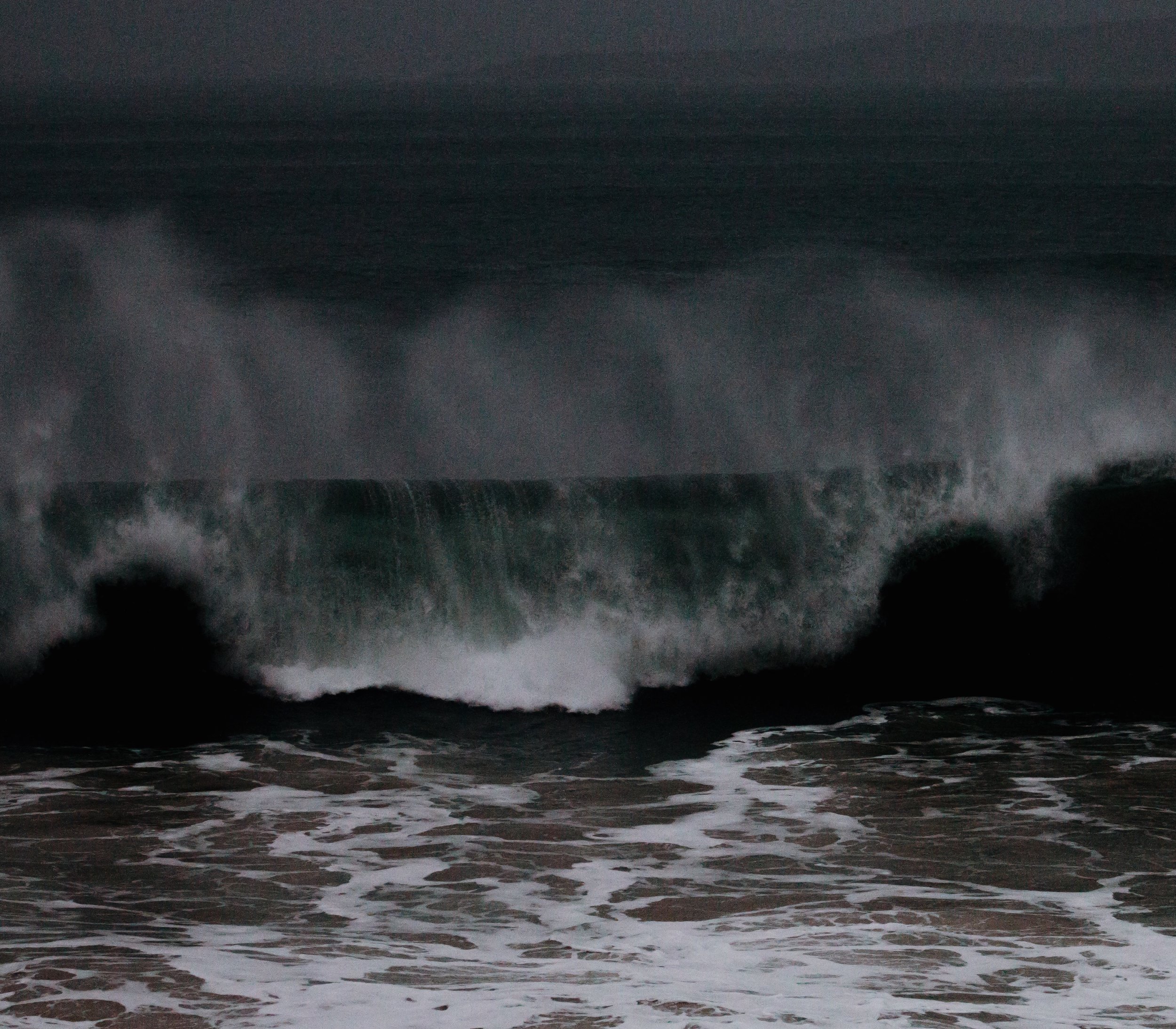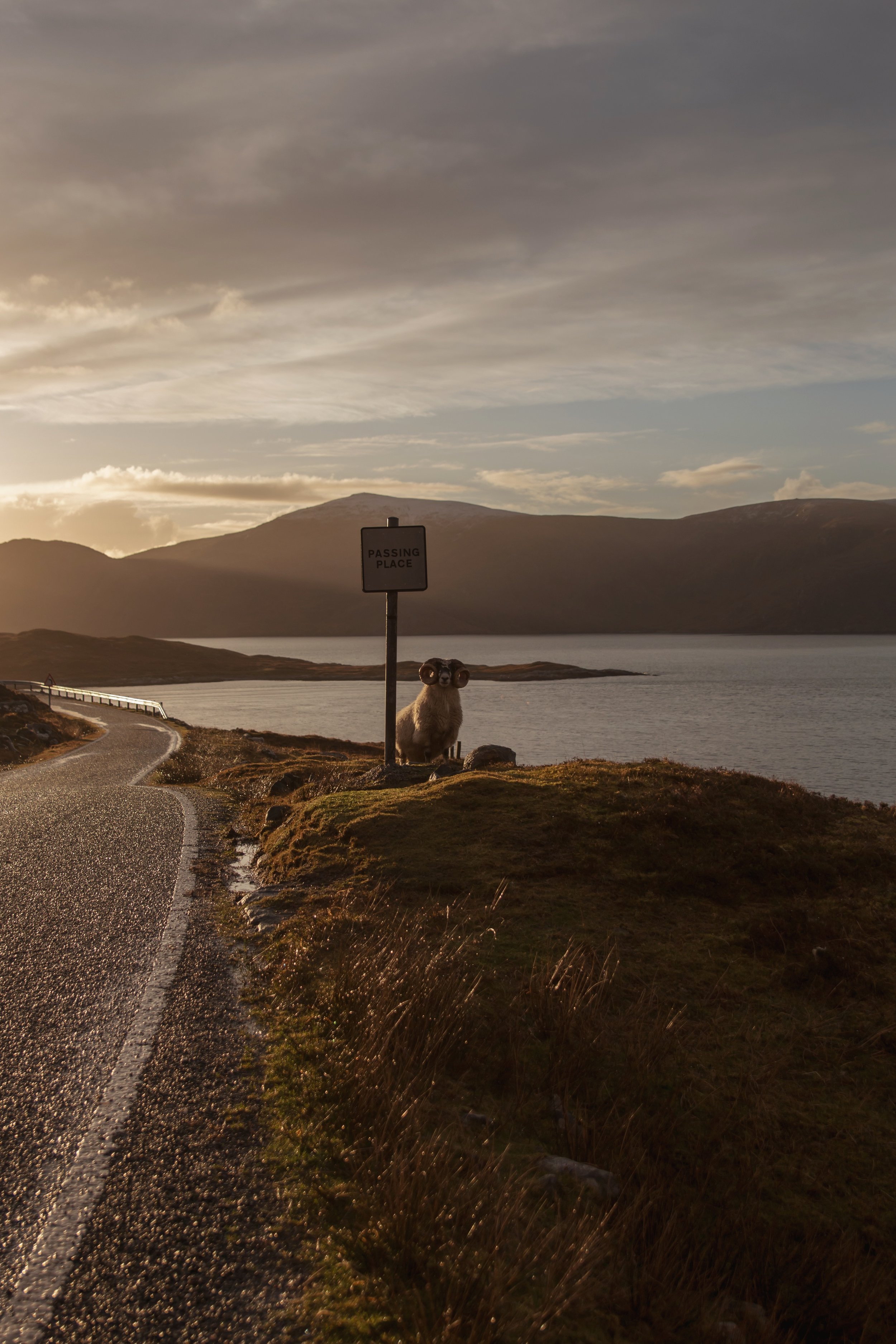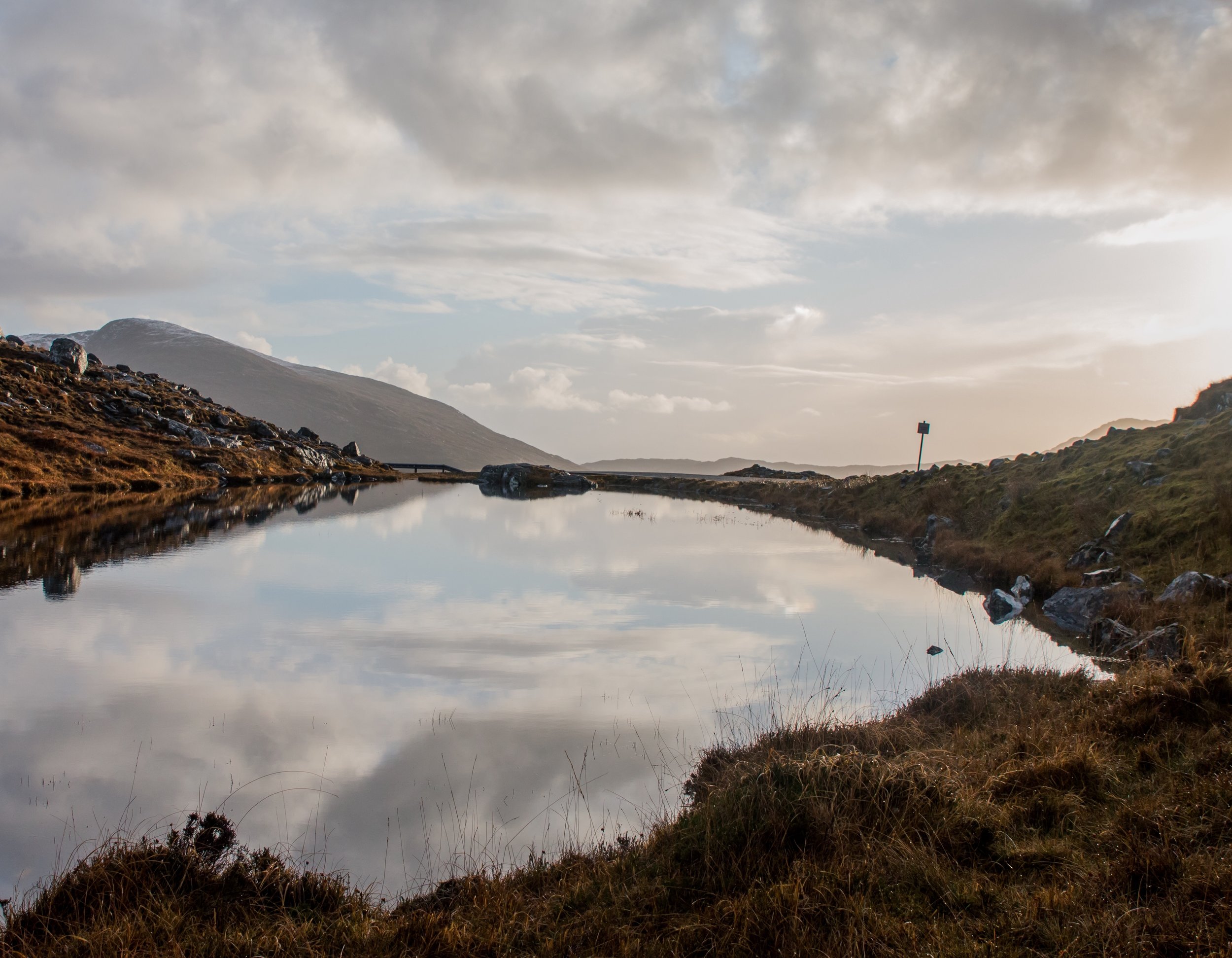The combination of photography and nature have alway been a winning therapy for me. Being outside in the Scottish wilderness, capturing moments in time with my camera brings me joy, distraction and a sense of satisfaction amongst other glorious emotions. I’m currently in the process of creating landscape photography retreats to share my love of photography and nature with others. Not only will participants learn and hone their photography skills but also experience the exhilaration of exploring new places and witnessing beautiful scenes. They’ll fill their lungs with fresh Scottish air and hopefully spot some wildlife. All of which are fantastic for our mental and physical health.
There are many theories which address the relationship between health, wellbeing and nature but I find the Attention Restoration Theory by Rachel and Stephen Kaplan the most engaging. As with all scientific theories it’s pretty complicated but put simply the theory suggests that mental wellbeing can be hampered by direct attention and improved by indirect attention. Direct attention refers to everyday life and tasks that we are forced to do which can cause us stress and mental fatigue. For example tasks at work, general stressful events in daily life or trying to write an intellectual blog when your articulation and intelligence are questionable.. I’m joking.. sort of. Indirect attention refers to when our brain easily and naturally focuses on something like a spectacular sunset, a pretty flower or anything fluffy and cute. During this time our brain restores and recharges resulting in us feeling happier and less stressed. Creative processes, like photography, have been proven to have the same effect on the brain. I’ve often heard that a creative activity helps the brain flow better which I imagine refers back to indirect attention and again soothes the brain.
I experienced the benefits of indirect attention just the other day. All day I had been undertaking laborious tasks and on top of that my boyfriend was heading back to work at sea for two weeks. Overall I was feeling pretty stressed and down. At around 5.30pm I happened to glance out the window and discover the sky to the north was bright pink and a rainbow was developing. I grabbed the camera and legged it out the house, I then proceeded to tear about Tobermory like an absolute lunatic trying to find the best composition. I got the shot and the rainbow which developed was the most beautiful I’d ever seen. I was buzzing, the anxiety was diminished and on top of that I felt a sense of achievement from capturing that moment and privilege of witnessing such a sight.
Tobermory Bay
Encountering wildlife is another great way to get the endorphins flowing. Otters are the holy grail for me but honestly any wildlife will create a wonderful emotional response, I don’t even need to capture the animal with my camera, just watching helps me feel better. This feeling is wonderfully summed up in an essay called, Wildlife tourism: The intangible, psychological benefits of human-wildlife encounters. ‘Nature’s design, performance and immense biodiversity initiate an emotional response of awe, wonder and privilege… There is time to stand and stare, and contemplate…whereby participants are totally absorbed in the spectacle.’ I can completely relate to this, I’ve lost track of the amount of times I’ve been lying face down on soggy seaweed in the pouring rain and not giving a damn about the conditions while watching otters. 90% of the time I’ve not captured the shot I was looking for but it didn’t matter as I was completely absorbed in the spectacle.
Dinner time
And you don’t have to be in the wilderness, climbing hills and watching otters to experience the benefits of nature and photography. At this time of year the city parks are bursting with colour. Beds of yellow daffodils, a colour associated with energy levels, happiness and mental activity, are probably more plentiful in the city than in the country. Then late April and May bring the sweet smelling seas of bluebells. As well as being pretty, flowers are great fun to photograph and a great way to play around with aperture and depth of field.
Bluebell wood
However, if you can get into the wilderness the advantages are outstanding. Climbing, even a small hill, to watch and capture a sunset is a feeling I can’t quite put into words.
In my photography retreats I hope to encompass everything I’ve talked about in this blog. I want to take you on an adventure in my favourite parts of Scotland and help you to capture beautiful moments along with helping you to relax and reap the benefits of connecting with nature. We’ll walk, talk, explore and even try a bit of wild swimming if you fancy it. Everything will be very relaxed and we’ll just go with the natural flow of each day. I’m creating these retreats as I want to share something, that has basically been a life saver for me, with others. But don’t just take my word for it, there is so much science supporting the health benefits of nature and creative processes. I would highly recommend reading the Attention Restoration Theory.
Everything is still in the planning stage at the moment and obviously Covid dependant but I hope to have everything finalised in the next couple of months. I’ve secured a couple of beautiful venues already which is really exciting. For more information or to express any interest please get in touch via my contact page.

















